MARIANI’S
December
17, 2006
NEWSLETTER
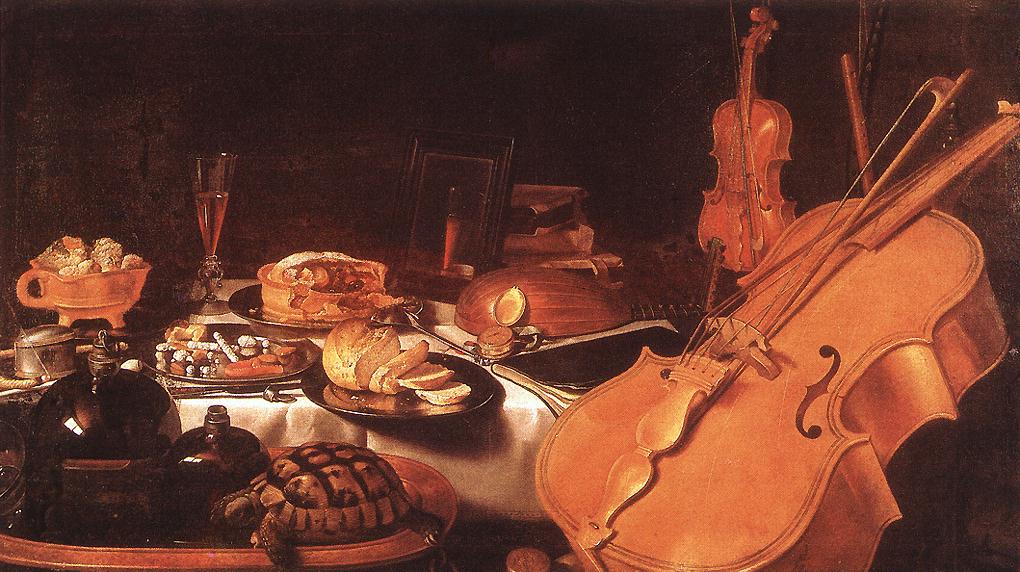
Still Life with Musical Instruments by Peter Claesz (1636)
~~~~~~~~~~
WEBSITE: To
go to my web site, in which I will update food
&
travel information and help link readers to other first-rate travel
& food sites, click on: home page
ARCHIVE: Readers may now access
an
Archive of all past newsletters--each annotated--dating back to July,
2003, by simply clicking on www.johnmariani.com/archive
.
SUBSCRIBE AND UN-SUBSCRIBE:
You may subscribe anyone you wish
to this newsletter--free of charge--by
clicking here.
Coping with the Wine Guy by John Mariani
NEW YORK CORNER: Alfredo by John Mariani
QUICK BYTES
~~~~~~~~~~~~~~~~~~~~~~~~~~~~~~~~~~~~~~~~~~~~~~~~~
COPING WITH THE WINE GUY
by John Mariani
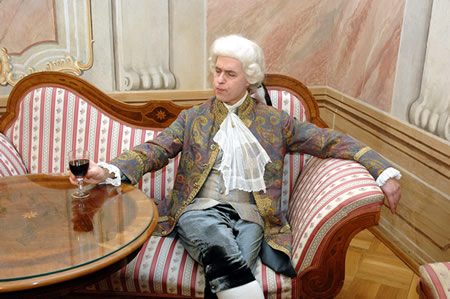 He
was a sommelier at a three-star restaurant in Paris and he
was determined to
put yet another American in his place.
He
was a sommelier at a three-star restaurant in Paris and he
was determined to
put yet another American in his place.Unsmiling, dressed in the traditional sommelier’s garb of tails and gold vest, with a silver tasting cup hanging from his neck, he gingerly extended the thick wine list to me as if he thought I was going to steal it, then turned and walked away. Upon his return, I consulted him, asking him what wine he thought appropriate to what I’d ordered--turbot en papillote in a Champagne cream sauce. Unaware that I was a wine writer, he rolled his eyes and sighed, saying, “Perhaps monsieur would want a nice leetle. . . Pouilly-Fuissé”—a wine I’m sure he thought all Americans love and always mispronounce.
I gave him a Clint Eastwood squint, flipped open the list, and growled, “What a surprisingly dull choice for such a classic dish. I would have thought you’d recommend a Crémant de Cramant Champagne or perhaps a Chevalier-Montrachet from a producer like Henri Clerc, perhaps a vintage like 1990.” He reacted like a child caught bullying a sibling, with a nervous smile acknowledging a faux pas but not begging forgiveness. From that moment on, he became respectful, and at evening’s end, perhaps looking for a re-match, whispered, “I look forward to your return, monsieur.”
Unfortunately few people come armed with a wine writer’s savvy or a connoisseur’s expertise when confronted by a surly sommelier (a French word that derives from bêtes de somme—“beasts of burden”). Yet too many people who enjoy dining in a fine restaurant allow themselves to be intimidated by wine stewards whose job it really is to help make the evening a triumph of good taste. I’ve known brain surgeons and industry titans to shrink at the arrival of the sommelier, fearful that a show of ignorance or seeming cheap will cause the fellow to go back and tell the entire staff about the rube at Table 12.
It shouldn’t be like this, and, thank heavens, it rarely is any more. Indeed, I find that the nemesis sommelier has increasingly been replaced by an amiable professional, many of whom are now women, whose responsibilities are to create an exciting wine list in many categories and at every price level and to do everything possible to make the guest feel comfortable with the choice of wines to match the food.
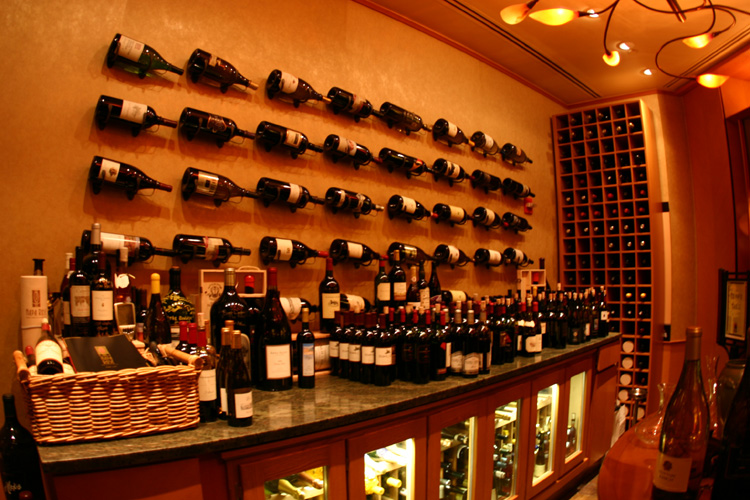
Inspirational in this regard have been Americans who have increasingly proved their mettle by passing rigorous wine course exams and by
Increasingly I’m finding sommeliers around the world far more amiable and helpful than in the past. Even in bastions of French haute cuisine like La Tour d’Argent, Taillevent, and Le Cinq in Paris,
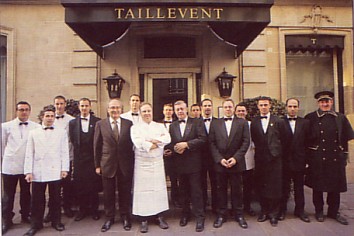 I’ve been enchanted
by the professionalism and courtesy of
their sommeliers, respectively, David Ridgway, Marco Pelletier, and
Thierry
Hamon, who oversee cellars of astounding depth, with thousands of
selections in
every price category. Indeed, the
whole idea of gouging a client has become, shall we say? très vulgaire.
I’ve been enchanted
by the professionalism and courtesy of
their sommeliers, respectively, David Ridgway, Marco Pelletier, and
Thierry
Hamon, who oversee cellars of astounding depth, with thousands of
selections in
every price category. Indeed, the
whole idea of gouging a client has become, shall we say? très vulgaire.A modern sommelier’s duties are to stock cellars with variety in every sense and, as much as possible, to tie the selections to enhance the chef’s cooking. Buying expensive red burgundies for a restaurant specializing in Asian-fusion cuisine with so many sweet, sour, and hot components is simply nonsensical, except as an ego trip. Trophy wines from the 19th century may be on a list for the high rollers, but most sommeliers actually try to dissuade big spenders from ordering such rarities, knowing that once they’re gone, they can never be replaced.
Most true wine lovers want to drink a good wine with a fine meal, and
The ritual of food wine service begins with the sommelier presenting the wine list, asking if the guest would like his help in choosing a wine, and being sensitive to price. The host should feel no shame in directing the sommelier to a page of wines within a preferred price range. “We have trouble selling the wines if they are too cheap,” contends Maurizio Antolini, sommelier at New York’s Bottega del Vino restaurant (below), which cellars almost 1,000 selections and whose clientele includes executives from nearby Bulgari, Ferrari, Gucci, Tiffany, and Sony. “People either don’t think they’re good or they think they should spend more. Most of our guests seem to start at a minimum of $80. We don’t put any wines of any price on my list that I am not proud of and hope people will drink."
Sommeliers do fret about the optimum temperature at which a wine should be stored and served (customarily about 55˚ F for reds and 45˚F for whites). At Per Se in New York, the sommelier served me an Italian white wine at a slightly higher temperature than I would have expected, The Wine Room at Bottega del Vino NYC explaining that “the white truffles in this particular dish
really brings out the woodsy flavors of the wine and vice-versa at this temperature.” And he was absolutely right.
When a sommelier brings you your chosen wine, he should show you the label (to make sure it’s what you ordered), open it, and taste it to make sure it is sound. He will then present the cork, an outdated nicety that allows you to sniff out any off odors and to see that the cork is imprinted with the same vintage date as on the bottle. But since he already has tasted the wine and you soon will be, sniffing a cork tells you next to nothing.
Different sommeliers have different ideas about decanting these days. In the past only a red wine of a certain age—five years or older—would be ceremoniously decanted in order to rid it of possible sediment settled in the bottle. Since white wines have no sediment, they were rarely ever decanted. These days, however, many sommeliers prefer to decant all wines, insisting that getting a little air into the wine is beneficial to the flowering of its flavors.
You then taste the wine and, assuming it is sound, simply nod to the sommelier that it is so.
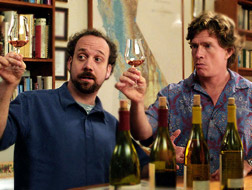 Extolling its virtues at the table will make you
sound like that pompous jerk in the movie “Sideways” (right). If the wine is bad—either
corked
or oxidized—you should courteously tell the sommelier and ask him to
re-taste
it, for it is entirely possible he missed the contamination on first
whiff and
sip. If yours is a reasonable suspicion, a good sommelier will always
remove
the wine, take it off the bill, and ask if you want to try another
bottle of
the same or to order a different wine.
Extolling its virtues at the table will make you
sound like that pompous jerk in the movie “Sideways” (right). If the wine is bad—either
corked
or oxidized—you should courteously tell the sommelier and ask him to
re-taste
it, for it is entirely possible he missed the contamination on first
whiff and
sip. If yours is a reasonable suspicion, a good sommelier will always
remove
the wine, take it off the bill, and ask if you want to try another
bottle of
the same or to order a different wine.You cannot, however, expect a sommelier to take back a wine that is clearly sound just because you don’t like its taste—the exception being if the sommelier avidly promoted a wine you were not familiar with that you found not at all to your taste. Indeed, a sommelier who is pushy or overly effusive—as many young American wine stewards can be—may require a gentle reproof like, “Thanks so much, but I think I’m going to go with something I know well.” If you plan on being a regular client, he should catch your drift and move on.
For there is a great deal of psychology in all this give-and-take, as in any professional relationship dealing with taste, as there is with one’s tailor or car dealer. Your being pleased means he will see you again and that he and the restaurant will make more money.
Which brings us to the icky question of whether or not to tip a sommelier. The simple answer is no, at least not directly. In most of Europe a service charge is already included in the price of the food and the wine, so there’s no need to tip anyone more than a few euros, even on a large bill. In the U.S. simply pay a tip on the bill received and the entire waitstaff will split it up at the end of the night. Only if the sommelier has rendered extraordinary service, like planning an array of Champagnes or aperitifs, wines, Ports, and digestifs for a party, might you wish to give him an extra stipend at evening’s end.
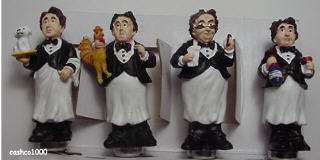 There is also the question of whether one
should really have to tip 15%-20% on the wine, as with food. Unequivocally, yes and no.
Yes, if you’ve ordered moderately priced
wines, say $30-$70; no, if you’ve ordered extremely expensive wines
above
$100. Of course, you do not have that
option in the service compris restaurants of Europe. But I’ve
spoken to
many American sommeliers who say that, as much love getting 20% on a
big wine
bill, it is not really expected. Ten
percent would be fine.
There is also the question of whether one
should really have to tip 15%-20% on the wine, as with food. Unequivocally, yes and no.
Yes, if you’ve ordered moderately priced
wines, say $30-$70; no, if you’ve ordered extremely expensive wines
above
$100. Of course, you do not have that
option in the service compris restaurants of Europe. But I’ve
spoken to
many American sommeliers who say that, as much love getting 20% on a
big wine
bill, it is not really expected. Ten
percent would be fine.Then again, guests who order a $500 bottle of Bordeaux can probably afford to tip lavishly. But then again, again, if you can afford $500 for a bottle of wine you’re going to get the best service of anyone in the room anyway.
NEW YORK CORNER
by John Mariani

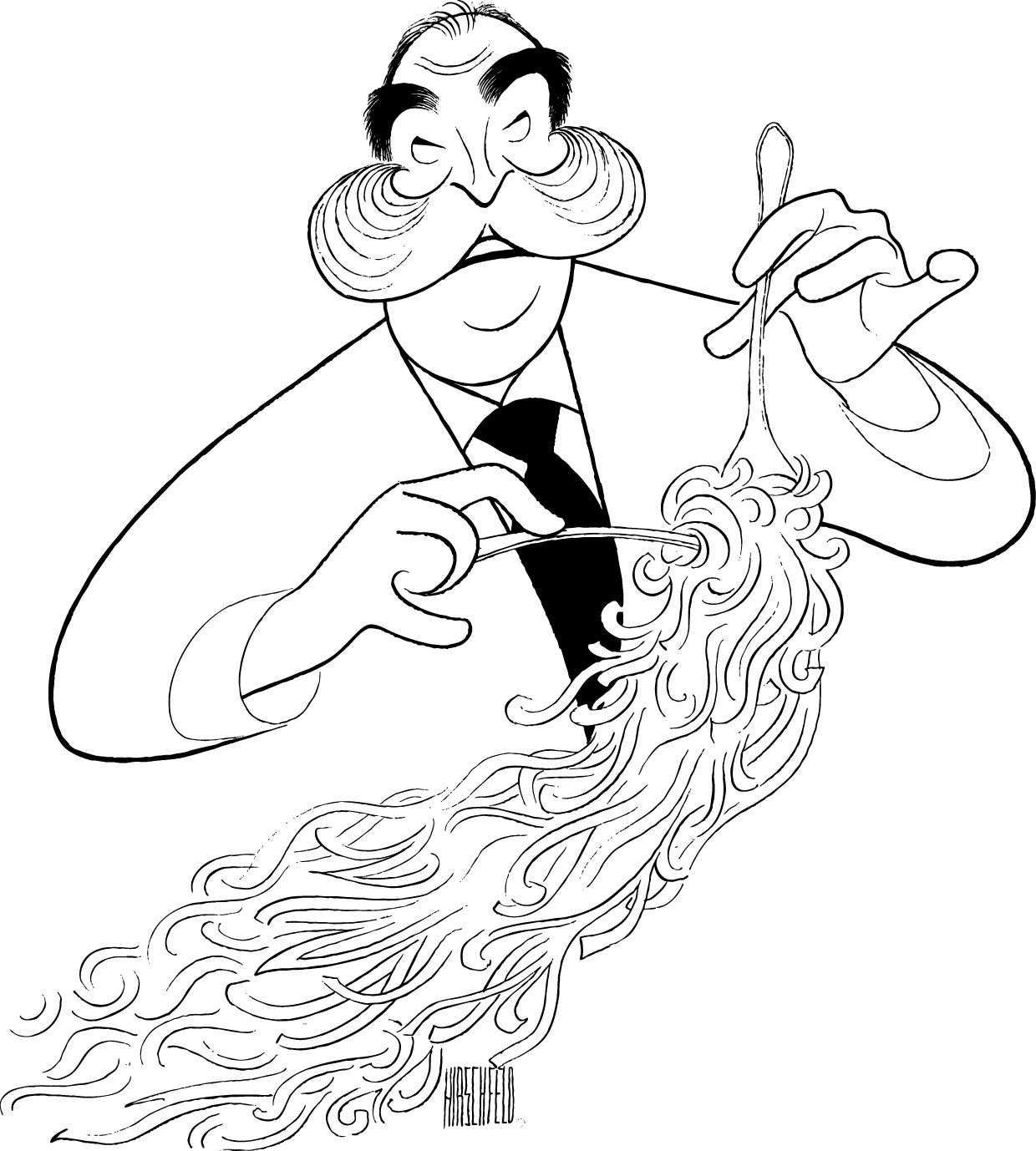
Alfredo's restaurant, then on the Via della Scrofa, also became famous, and after a move following World War II to the Piazza Imperatore, the restaurant became a beacon for visiting celebrities from all over the world, its walls hung with photos of Signore Di Lelio feeding his illustrious guests his illustrious fettuccine. Then, in 1977, entrepreneur Guido Bellanca bought the rights to open Alfredo of Rome restaurants abroad, the first in NYC and Disneyworld in Florida, and another in Miami. Both the Miami and NYC operations closed, but in 2001 Bellanca's son Russell re-opened in New York in a fabulous location across from Rockefeller Center. (The Disney location thrives, serving up to a thousand people a day at the Italian Pavilion at EPCOT Center, and there are plans for a branch in Las Vegas this spring.)
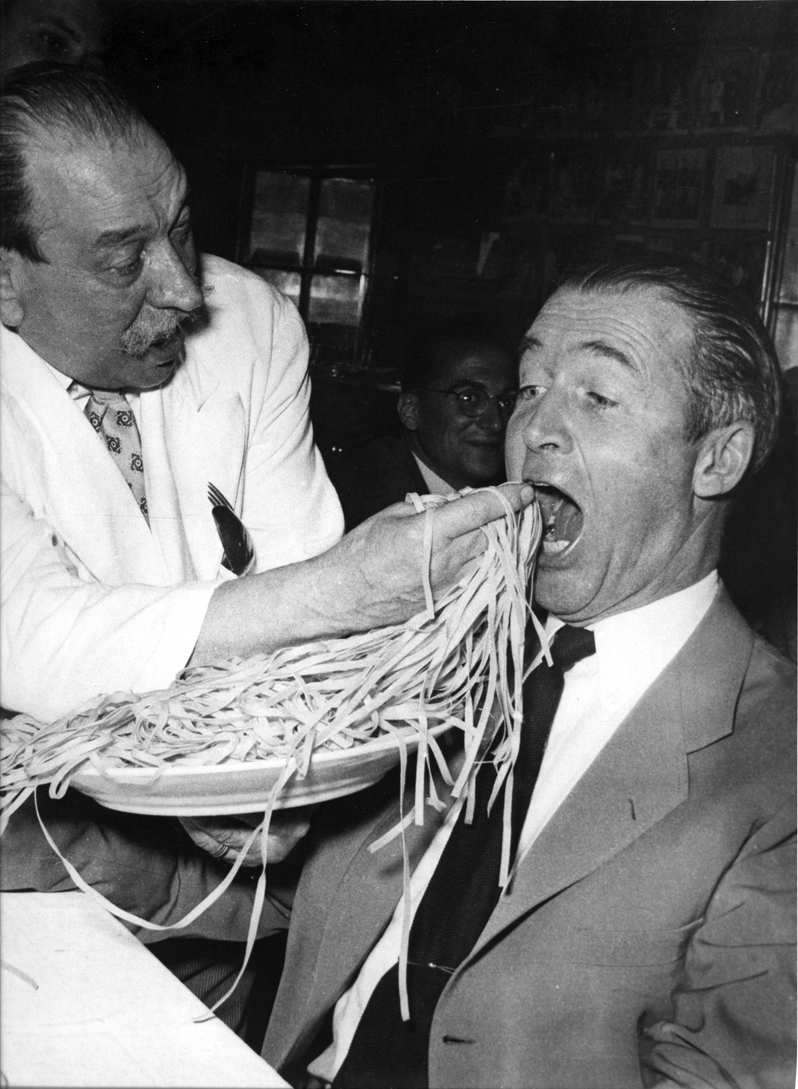
The L-shaped restaurant (with downstairs banquet facilities) begins with a very popular lounge area where you may also order from the menu, and it has some of those same evocative photos of Hollywood celebs gobbling up the fettuccine, as in the shot to the left with Jimmy Stewart. To the rear is the main dining room (below), bright with red-yellow-and black harlequin patterns and some blown-up drawings of the mustachioed Alfredo de Lelio by the late caricaturist Al Hirschfeld (above). Tables are well set with napery and thin wineglasses, the service staff has learned to be quick on their feet, and general manager Mario Travella, from Como, moves graciously through his many ministrations. Chef Mirco Grassini has been here since the beginning and has never cooked better than right now.
Alfredo's 300-label winelist is solid in familiar Italian bottlings (it has a Wine Spectator Award of Excellence), and there is a conscious effort to offer dozens of wines under $50 and most are under $100.
You might wish to begin with a generous platter of Italian charcuterie, including salami, salsicce, prosciutto, Parmigiano, pecorino, olives, and other items--$28, but more than enough for four people. There is also "Italian sushi" (elsewhere called crudi), as well as smoked tuna rolled with avocado, drizzled with a ginger mint sauce and served over rice. Crisply fried artichokes--carciofi alla giudea (a dish of the Roman Jews)--is here served with a salad of red radicchio.
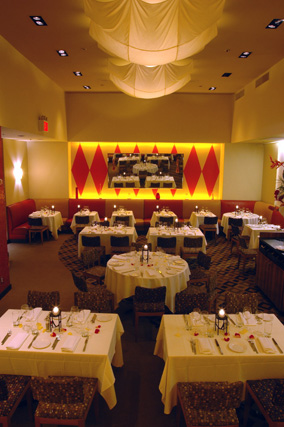 Just about every pasta is a winner,
starting with the sacrosanct fettuccine all'Alfredo (below), done the original,
cream-less way, with an intensely rich cheese flavor and impeccable al dente texture.
One bite and you won't be able to stop; you may not even be able to
finish the
rest of your dinner. The same holds true of a wonderful lasagne,
made with besciamella and
tomato sauces. One way to sample several
pastas is to go with a trio--fettuccine Alfredo, eggplant
lasagne, and veal
ravioli on one plate.
Just about every pasta is a winner,
starting with the sacrosanct fettuccine all'Alfredo (below), done the original,
cream-less way, with an intensely rich cheese flavor and impeccable al dente texture.
One bite and you won't be able to stop; you may not even be able to
finish the
rest of your dinner. The same holds true of a wonderful lasagne,
made with besciamella and
tomato sauces. One way to sample several
pastas is to go with a trio--fettuccine Alfredo, eggplant
lasagne, and veal
ravioli on one plate.If you wish to go light with your main course, try the
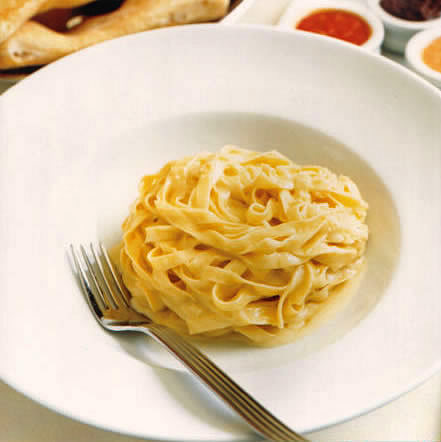 If you want
something heartier you will go gag-ga over the massive pork osso
buco (alternately made with veal
shank),
crispy and cuddled in a rich sauce of reduced vegetables and wine. This
is one of the best dishes on the menu, and you'll probably take some
home. Other entrees include grilled chicken marinated in lemon
and rosemary with spinach and roasted potatoes, and veal scaloppine
layered with eggplant, tomato, Parmigiano, served with sizzling golden
brown roast
potatoes.
If you want
something heartier you will go gag-ga over the massive pork osso
buco (alternately made with veal
shank),
crispy and cuddled in a rich sauce of reduced vegetables and wine. This
is one of the best dishes on the menu, and you'll probably take some
home. Other entrees include grilled chicken marinated in lemon
and rosemary with spinach and roasted potatoes, and veal scaloppine
layered with eggplant, tomato, Parmigiano, served with sizzling golden
brown roast
potatoes.The desserts at Alfredo may have the standard names you'll find in most Italian ristoranti, but here are they particularly well made, including a superb, tall tiramisù, and a defiantly rich napoleon puffed up with whipped cream. Alfredo's has also introduced a marvelous "Chocolate Chariot," carrying selections of the finest Italian chocolates, from Chicchi di Sant'Eustacchio to hand-sliced gianduja.
Alfredo has taken time to build into a superior Italian restaurant in
Alfredo is open daily for lunch and dinner. Appetizers run $7-$28, pastas $17-$24 (as main courses), and entrees $24-$32. There is a 5-course Bacchanale menu at $85.
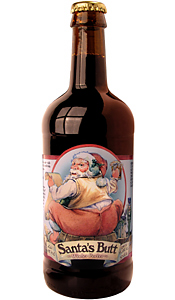
HO HO HO!
The state of Maine has refused to let the Shelton Brothers beer importers to sell "Santa's Butt Winter Porter," whose label shows Santa holding a pint of beer and sitting on a barrel (also called a "butt). The Maine Civil Liberties Association went to court to argue that beer labels are entitled to free-speech protection under the
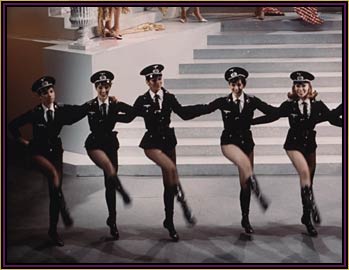
In
QUICK BYTES
* Incanto in
* In
MARIANI'S VIRTUAL GOURMET NEWSLETTER is published weekly. Editor/Publisher:
John Mariani. Contributing Writers: Robert Mariani, Naomi
Kooker, Kirsten Skogerson, Edward Brivio, Mort
Hochstein, Suzanne Wright. Contributing
Photographers: Galina Stepanoff-Dargery, Bobby Pirillo. Technical
Advisor: Gerry McLoughlin.
Any of John Mariani's books below
may be ordered from amazon.com by clicking on the cover image.
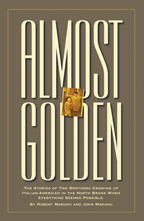 My
newest book, written with my brother Robert Mariani, is a memoir of our
years growing up in the My
newest book, written with my brother Robert Mariani, is a memoir of our
years growing up in the For those of you who don't think of the Robert and I think you'll enjoy this very personal look at our --John Mariani |
 |
 |
 |
 |
 |
 |
copyright John Mariani 2006